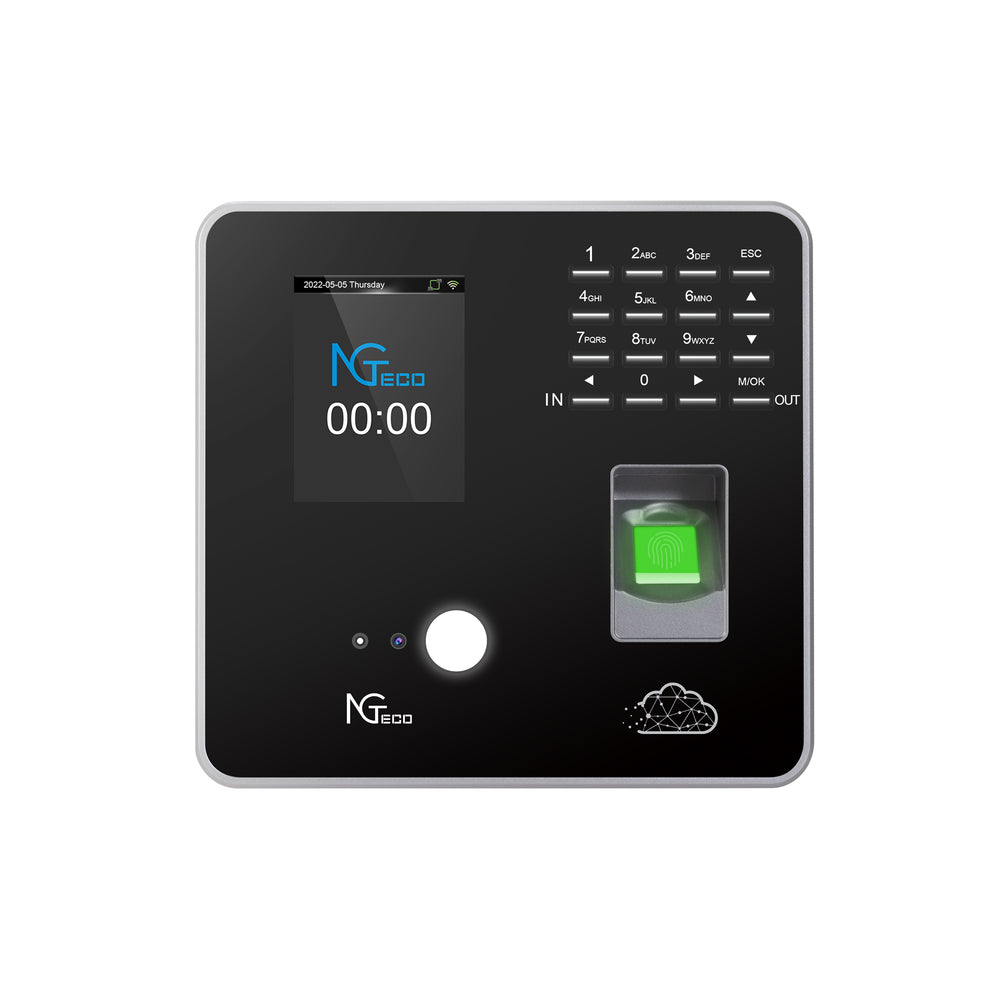Unlock the Future: Why You Need a Biometric Fingerprint Time Attendance System Now!
In today's fast-paced business environment, efficient time tracking has become more crucial than ever. Traditional time attendance systems, such as punch cards and manual entry, are quickly becoming relics of the past. The modern workplace demands accuracy and security, and that’s where biometric technology shines. Biometric fingerprint time attendance systems represent a significant evolution in tracking employee hours, offering unparalleled reliability and ease of use. By integrating biometric solutions, organizations not only enhance their security but also streamline their payroll processes, ensuring that every minute of work is accounted for. With the rise of remote work and flexible schedules, the need for advanced systems that can adapt to various scenarios has never been more pressing. Let’s dive deeper into what these systems entail and why they are essential for any forward-thinking business.

Understanding Biometric Fingerprint Time Attendance Systems
Biometric fingerprint time attendance systems utilize cutting-edge technology to verify an employee's identity based on their unique fingerprint patterns. The process begins when an employee scans their fingerprint on a reader, which captures the fingerprint image and converts it into a digital format. This digital representation is then compared against a database of registered fingerprints to authenticate the user. Unlike traditional tracking methods that depend on manual entry or physical cards, biometric systems eliminate the possibility of buddy punching—where one employee clocks in for another. Moreover, these systems are designed to be user-friendly, allowing employees to quickly check in and out with minimal training. The reliability of fingerprint recognition also ensures that time data is accurate, providing employers with trustworthy records that can be easily integrated into payroll systems. This technology not only enhances efficiency but also fosters a culture of accountability within the workplace.
Benefits of Implementing a Biometric System
Implementing a biometric fingerprint time attendance system comes with several key benefits that can transform how businesses operate. First and foremost, these systems significantly improve accuracy. By eliminating human error and fraudulent time reporting, businesses can trust that the data they receive is precise. This leads to reduced time fraud, which can save companies substantial amounts of money. Additionally, biometric systems enhance security; unauthorized access to time records is virtually impossible, protecting sensitive employee data. Another significant advantage is the streamlining of payroll processes. With accurate attendance data automatically collected, payroll departments can process employee hours more efficiently, reducing the time spent on administrative tasks and allowing for a quicker turnaround on payroll. Ultimately, these benefits translate into cost savings and increased productivity, making biometric systems a wise investment for any organization.
Factors to Consider When Choosing a System
Before purchasing a biometric fingerprint time attendance system, it's essential to consider several critical factors to ensure that you choose the right solution for your business. First, evaluate the system's compatibility with your existing infrastructure. It’s crucial that the new attendance system integrates smoothly with your current payroll software and hardware. Next, assess the user interface; a system that is intuitive and easy to use will encourage employee compliance and reduce the learning curve associated with new technology. Data security features are also paramount; ensure that the system encrypts sensitive information and complies with relevant privacy regulations. Lastly, investigate the vendor's credibility; read customer reviews, request references, and understand their customer support offerings. A reliable vendor will provide ongoing support and maintenance, which is critical for long-term satisfaction with your biometric system.
How to Get Started with a Biometric Fingerprint Time Attendance System
Getting started with a biometric fingerprint time attendance system is a straightforward process that involves several key steps. First, conduct thorough research to identify potential vendors and request quotes tailored to your business needs. Once you have selected a provider, consider your installation options; some systems may require professional installation, while others can be set up in-house. It’s also essential to plan for employee training, ensuring that all staff are comfortable using the new technology from day one. Training sessions can be conducted by the vendor or through internal resources, depending on your preference. Finally, establish a plan for ongoing maintenance and support; regular system updates and troubleshooting are vital for keeping the system running smoothly. By following these steps, you can seamlessly transition to a biometric fingerprint time attendance system that meets your organization’s needs.
Embracing the Future of Attendance Systems
In conclusion, adopting a biometric fingerprint time attendance system is a smart move for any modern workplace looking to enhance efficiency, accuracy, and security. As businesses continue to evolve, investing in technology that streamlines operations and minimizes errors is essential. The benefits of improved accuracy, reduced fraud, and streamlined payroll processes make these systems an invaluable asset. If you're considering upgrading your time attendance system, now is the time to take action. Embrace the future and invest in a biometric solution that will not only benefit your organization today but will also pave the way for a more efficient tomorrow.








Comments